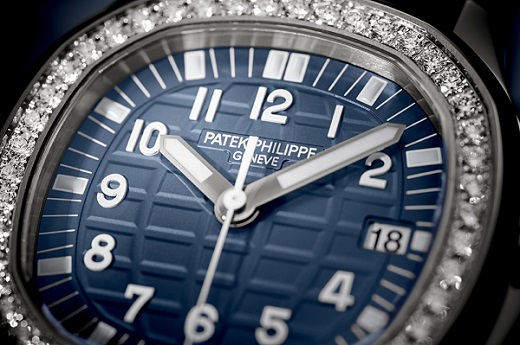|
|
There’s Life in Baselworld Yet
Mixed Reactions to Shorter, Sparser Watch and Jewelry Show
Mar 28, 2018 1:20 PM
By Anthony DeMarco
|
|
|

RAPAPORT... Baselworld 2018, which ended Tuesday, saw a year-on-year
decline from 1,300 exhibitors to approximately 650, and was shortened from
eight days to six. Considering that the world’s largest watch and jewelry fair
hosted 1,500 participants in 2016, this year’s drop seems even more dramatic. More
defections are expected next year as contracts with exhibitors expire.
In a terse statement in November, Baselworld officials reiterated
the defiant stance they took during the 2017 show: that they had decided to
make it a leaner event by focusing on quality rather than quantity.
Yet did a leaner Baselworld deliver for exhibitors and
buyers? It depends whom you ask. The larger brands — with their majestic
three-story booths in hall 1 — would say the show was a success. But away from
the crowds the results were mostly mixed.
Baselworld officials said there was an 8% increase in
attendance during the first two days of the show, a figure those at the fair
mistrusted. There were also rumors that there would be more adjustments to the Swiss
show’s new format. The most interesting one is a change of date to align more
closely with the Salon International de la Haute Horlogerie, held in Geneva in
January, though the official Baselworld website already has the 2019 dates
posted as March 21 to 26.
Whereas in previous years, exhibitors filled every corner of
the massive, five-building Baselworld complex, this year the defectors’ absence
was striking. Halls 4 and 5 were closed and halls 1 and 2 each lost a third of their
exhibitor space. The jewelry exhibitors’ area in hall 2, where two floors of exhibition
space were pared down to one, took the hardest hit.
One participant, a creator of one-of-a-kind pieces who requested
anonymity, complained that a shorter festival meant less time with journalists,
which is important for his business. The founder of a large US jewelry brand who
attended as a visitor was shocked by the low number of jewelers in hall 2.
However, several exhibitors in Hall 2 were upbeat. Among
them was Laura Bicego, head of Italian gold jewelry brand Nanis, who was
hugging friends and customers as they came to visit.
“There were a lot of big new customers, a lot of traffic,”
she said, noting that that first day was slow but all the days following were
busy. “We were a bit worried at the beginning because of the reduction of
exhibitors and big names, but we decided to come anyway, and we are very
happy.”
Michael Hakimian, CEO of pearl brand Yoko London, insisted
the fair was still a draw for the most important buyers.
“I will exhibit here for the next 25 years,” he said.
On the second floor of hall 1 (hall 1.1), where several
big-name jewelers exhibited, Roberto Demeglio, founder of his eponymous
high-design brand, remained devoted to the show, saying his long-term
commitment would continue.
The largest watch and jewelry brands led the support for Baselworld,
most notably at the annual press conference prior to the opening of Baselworld,
where key officials from Rolex, Patek Philippe, Chopard and Tissot expressed
their dedication to the fair.
The press conference was highly unusual not only because it
brought brand representatives on stage, but it allowed them to promote their
products. Baselworld officials also refused even to hint at the controversies
surrounding the show, and refused to take questions from the press.
Welcome to the new Baselworld, still a work in progress.
Image: Patek Philippe
|
|
|
|
|
|
|
|
|
|
Tags:
Anthony DeMarco, basel, Baselworld, Rapaport News, shows, Switzerland, trade fairs, watches
|
|
|
|
|
|
|
|
|
|
|

|
|